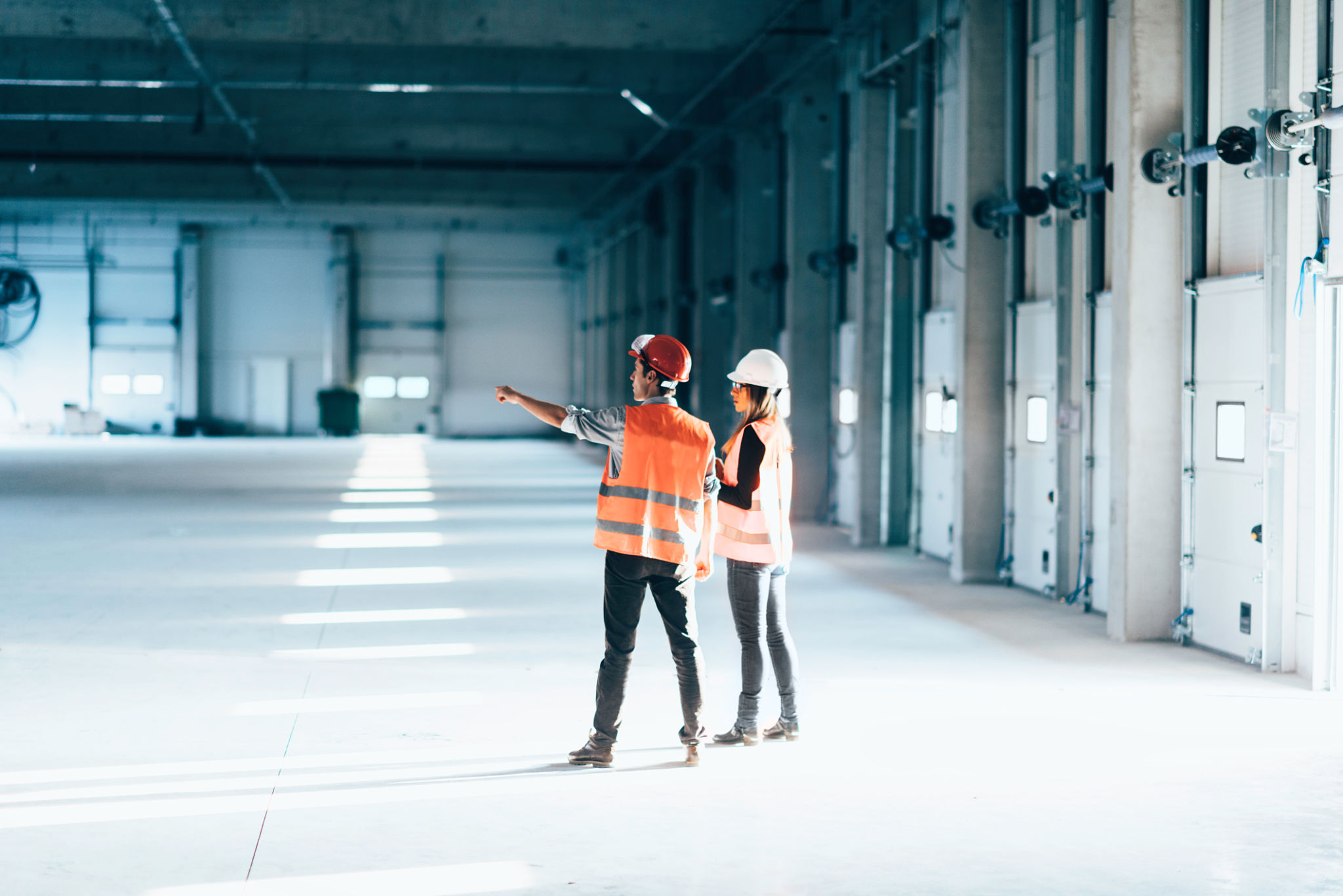The Importance of Regular Building Inspections in Australia's Changing Climate
Understanding the Impact of Climate Change on Buildings
Australia's climate is undergoing significant changes, with increasing temperatures, unpredictable weather patterns, and more frequent extreme weather events. These changes have a profound impact on buildings, making regular inspections more crucial than ever. As the environment continues to evolve, building structures are exposed to new stresses and potential vulnerabilities that need to be addressed proactively.
One of the primary concerns is that fluctuating temperatures and extreme weather can lead to structural deterioration. Materials may expand and contract with temperature changes, causing cracks and weakening the integrity of the building. Regular inspections help identify these issues early, ensuring that necessary repairs are made before they become major problems.

The Benefits of Regular Building Inspections
Conducting regular building inspections offers numerous benefits, particularly in the context of Australia's changing climate. Firstly, it helps in ensuring safety and compliance. By identifying potential hazards and ensuring that all components meet current safety standards, building owners can protect occupants and reduce liability risks.
Inspections also contribute to cost-effective maintenance. Identifying problems early often means that repairs are simpler and less expensive than addressing neglected issues that have escalated. This proactive approach can save significant amounts of money over time and extend the lifespan of the building.

Key Areas to Focus On During Inspections
When conducting a building inspection, there are several key areas to focus on to ensure comprehensive evaluation:
- Structural integrity: Check for signs of wear and tear in the foundation, walls, and roof.
- Waterproofing: Examine seals and drainage systems to prevent water damage.
- Electrical systems: Ensure wiring and connections are safe and up-to-date.
- HVAC systems: Inspect for efficiency and potential leaks or failures.
By prioritizing these areas, building owners can maintain the quality and safety of their properties, even as environmental conditions shift.
The Role of Technology in Modern Inspections
Technology plays an increasingly vital role in building inspections. The use of drones, for example, allows inspectors to safely access hard-to-reach areas like rooftops and tall structures. Thermal imaging cameras can detect energy leaks and moisture issues that might not be visible to the naked eye.

These technological advancements make inspections more thorough and efficient, helping inspectors spot potential issues that might otherwise go unnoticed. As a result, building owners can have greater confidence in the outcomes of their inspections.
Conclusion: A Proactive Approach to Building Maintenance
In conclusion, regular building inspections are essential for adapting to Australia's changing climate. By taking a proactive approach to maintenance, building owners can safeguard their properties against environmental stresses, ensure safety, and optimize their investment. As climate conditions continue to change, staying ahead with regular inspections will be a critical component of responsible building management.

